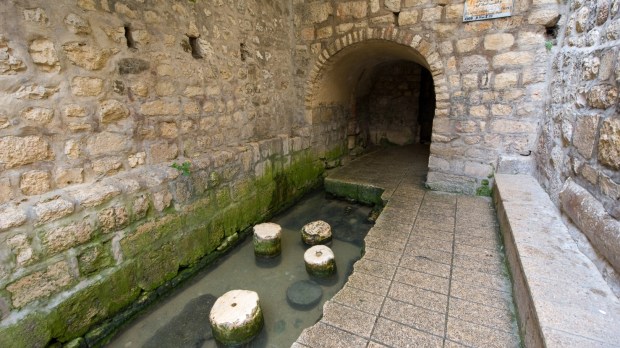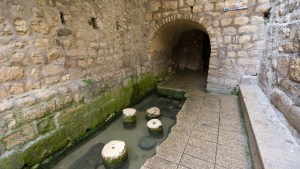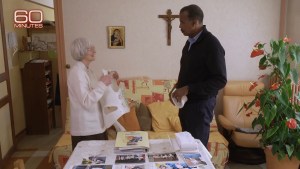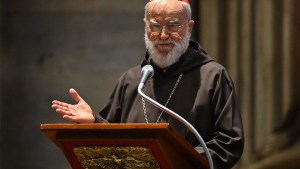The Gospel for this Sunday is: John 9:1-41
1. Introduction
Paradoxically, miracles are not meant to cure someone’s body of an illness. Today’s verses of the Gospel provide an answer to the question of why Jesus performed miracles.
2. Key words
As Jesus passed by, he saw a man blind from birth. He spat on the ground and made clay with the saliva, and smeared the clay on his eyes, and said to him, “Go wash in the Pool of Siloam” — which means Sent. So he went and washed, and came back able to see.
Jesus was moved. He did not wait to be asked to heal the blind man. He takes the initiative himself and heals the man. After putting mud on his eyes, Christ tells him to wash himself in a pond called Siloam. The Gospel writer explains the etymology of this name, which is crucial to understanding the whole text. The word “sent” in Hebrew comes from the verb shelach, and in Greek from apostello, hence the word apostle.
The Gospel shows that a man who was looked down upon because of his blindness was healed and became an apostle. He was thought to be blind because either he or his parents had sinned.
How did he become an apostle? Well, Jesus could have healed him immediately, just as he would heal others. This time, however, Jesus sends the man to the pool of Siloam, which was then used by pilgrims for ritual bathing before entering the Jerusalem Temple. A great many people were staying there and, lo and behold, a miracle takes place before their very eyes. All of a sudden, the one who could not see, not only sees himself, but is seen by many people. God performed this miracle for him and for others. When the people saw the miracle, they began to ask how it happened.
Jesus explains why he performed the miracle in public: “Neither he nor his parents sinned; it is so that the works of God might be made visible through him.” In the Greek original, it literally means “so that the works of God in him might become known (come to light).”
Jesus: “Do you believe in the Son of Man?” He answered and said, “Who is he, sir, that I may believe in him?” Jesus said to him, “You have seen him, the one speaking with you is he.” He said, “I do believe, Lord,” and he worshiped him.
The Greek term for the miracle is the word semeia, a sign, yet one that points to God who has performed the miracle. A miracle is not just about healing the body, but about a relationship with God which is established through faith. Jesus was specifically concerned with these two things. Moreover, by healing in public, he was also concerned with the faith of others.
3. Today
Jesus works miracles and signs today, too, with a view to strengthening our faith. He cares deeply about each and every one of us. What signs of God do I see in my life? What is my relationship with Him like? What is my faith like?




